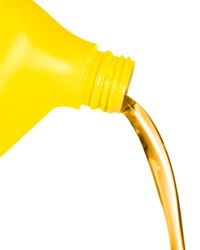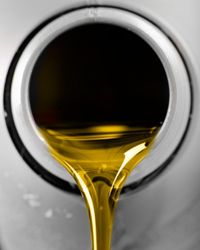There are a couple of things an engine absolutely must have in order to work: Gasoline to make the car go, and oil to keep the parts of the engine moving.
Oil may play a supporting role in the combustion engine, but without it, the parts wouldn't be able to move freely, the seals would dry up and crack and little bits of dirt and metal would clog the works. Without engine oil, the whole combustion process would grind to a halt.
Advertisement
Most drivers know their engine needs oil just like it needs gasoline, but how much, what kind and how often to add it can seem like a mystery -- especially with recent advances in modern engine technology. New drivers, as well as experienced drivers who've just upgraded to a brand-new car, can benefit from learning the basics of engine oil. After all, it's one of the few things in an engine that the average driver can learn about and control.
Keep reading to learn the five things everyone should know about engine oil -- it's as easy as it is empowering.





